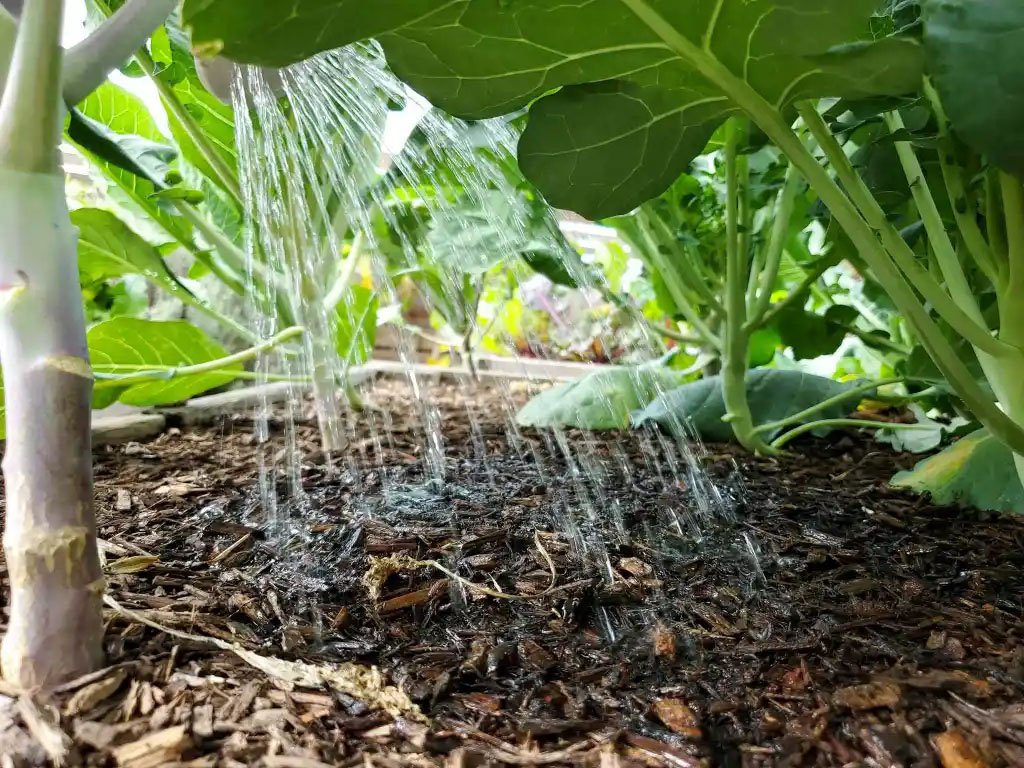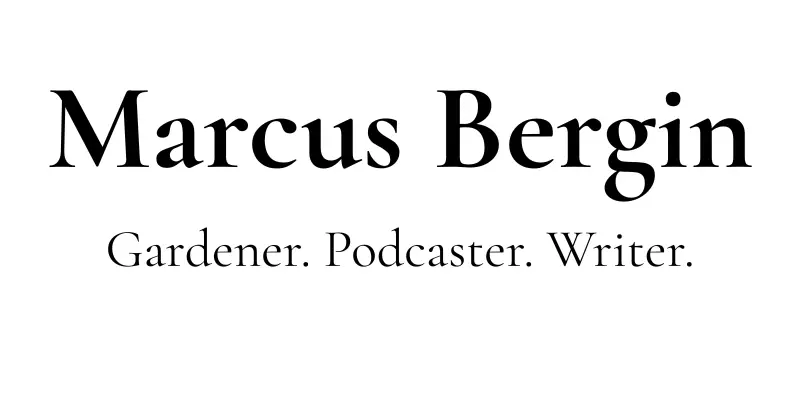
What to Do Now the Heatwave Has Passed: Helping Your Garden Bounce Back (and Plan for the Future)
According to the Met Office, the recent heatwave has finally broken, and for many of us in Bishops Cleeve, Cheltenham, and the surrounding areas, that’s a huge relief. After days of scorched lawns, wilting borders, and restless nights, it’s time to breathe a little easier again.
But what does this return to “normal” mean for our gardens? And more importantly, what’s normal anymore?
The New Normal in the Garden
As gardeners, we’ve always worked with the seasons. But lately, it feels like we’re gardening on shifting ground. With each passing year, climate change nudges our familiar patterns a little further off track. Spring comes earlier, heatwaves arrive harder and faster, and rainfall is more extreme, often arriving in a single downpour instead of gentle, soaking showers.
It’s no longer just about helping the garden recover after a hot spell; it’s about gradually rethinking how we garden in this new climate.
1. Rehydrate Gently and Deeply
If your garden endured the recent heat, chances are the soil is dry, even cracked in places. Before you reach for the feed or the secateurs, give everything a really good drink.
Water should be used early in the morning or later in the evening, when it can properly soak into the soil. A slow trickle at the base of plants is far better than a quick blast with the hose. In clay soils (which are common around Gloucestershire), water can run off before soaking in, so be patient and let it absorb gradually.
Top tip: Focus on pots, newly planted shrubs, fruit and veg, and anything in full sun. They’ll be the thirstiest.
2. Assess the Damage—But Don’t Panic
Some plants may be looking worse for wear: scorched leaves, droopy stems, or browned flower heads. Resist the urge to tidy everything up immediately.
Give plants a few days to bounce back, especially roses, salvias, and herbaceous perennials. Many will recover with a bit of water and a gentle feed. If something looks completely gone, try scratching the stem with your fingernail. If it’s green underneath, there’s still life in it.
3. Feed With Care (and Moist Soil)
If the soil has had a good soak, now is a great time to offer a little nourishment. A balanced liquid feed or something seaweed-based can do wonders.
I personally use products from Johnson Lawn Care Direct or Mo Bacter, particularly for lawns, and always get good results. But only feed when the soil is moist—feeding dry plants can do more harm than good.
4. Mulch While the Soil is Damp
Mulching is one of the best things you can do after a hot spell. Once your soil has had a good watering, apply a layer of organic mulch, compost, bark chips, leaf mould, or well-rotted manure. This helps trap moisture in the soil and keep the root zone cool.
Mulch acts as a protective blanket for your plants. It’s especially helpful in borders with shallow-rooted or moisture-loving plants.
5. Reassess What’s Thriving—and What’s Not
One of the biggest gardening lessons of the past few years is this: not every plant will cope well with extreme weather, no matter how much we love it.
Use this post-heatwave period to observe your garden. Which plants thrived in the heat? Which ones struggled? You may need to start gently rethinking your plant palette—choosing more resilient, drought-tolerant species, or designing with shade and shelter in mind.
Ideas for Heat-Tolerant Plants (for UK Gardens):
Perovskia (Russian Sage)
Sedum and Echeveria
Achillea (Yarrow)
Mediterranean herbs like lavender, thyme, and oregano
Ornamental grasses like Stipa tenuissima or Pennisetum
But also think about garden layout: use tall perennials or small trees to cast dappled shade, create microclimates with hedges or trellis, and improve your soil’s ability to retain moisture over time.
6. Plan for the Future—Not Just the Weekend
It might sound dramatic, but gardening through climate change means planning more consciously than ever before. A border that looked perfect five years ago might now need tweaking. A lawn that used to bounce back easily might now need mulching, aerating, or reseeding with tougher grass species.
This isn’t about panic—it’s about adapting. And one of the best ways to adapt is by sharing knowledge with each other.
So… How Did Your Garden Cope?
Did anything in your garden surprise you by thriving during the heatwave? Or did something you’d expected to do well suffer?
I’d love to hear from you. Whether you’ve got photos, questions, or just want to compare notes—drop a comment or join the discussion in the Gardening with Marcus Facebook group.
Bonus Tip: Keep a Garden Journal
Jot down which plants struggled in the heat, which containers dried out first, and which parts of the garden held up best. Over time, you’ll build up your own personal record—and it’s one of the most valuable gardening tools you’ll ever have.
If you found this helpful, why not sign up for my newsletter or explore more posts in The Garden Notebook? I share seasonal advice, design inspiration, and practical tips every week.
Happy Gardening,
Marcus
Join the Gardening with Marcus Facebook Group
